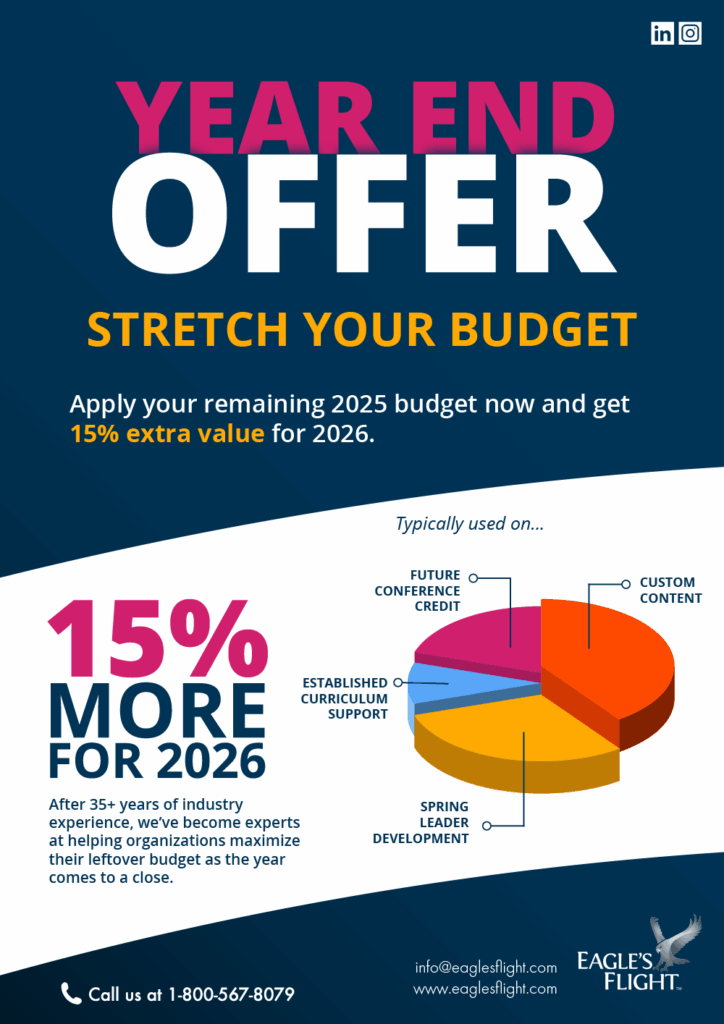A Guide to People Development: 8 Examples and Strategies
People development is often seen as a set of HR activities, but in reality, it’s the beating heart of any successful organization. It goes beyond training sessions or annual performance reviews—it’s about fostering a culture where every individual can thrive, grow, and contribute meaningfully. But what is people development, and why should it be at the forefront of your leadership strategy?
At its core, people development is about identifying potential, nurturing talent, and creating an environment where individuals feel supported in their journey toward personal and professional growth. In this guide, we’ll explore 8 actionable examples and strategies that can transform your approach to developing people and unlock their fullest potential.
1. Define a Clear People Development Strategy
A well-defined strategy is the foundation of effective people development. Align your approach with the broader organizational goals and create a roadmap for success. This involves identifying key people development skills necessary for future growth and setting measurable objectives. When leaders are intentional about how to develop people, they create clarity and focus that drive results.
2. Cultivate a Growth Mindset Across the Organization
People development thrives in an environment where a growth mindset is the norm. Encourage employees to embrace challenges, learn from feedback, and see failure as an opportunity to improve. By fostering a culture of resilience and adaptability, you’ll help in developing people who are not afraid to step out of their comfort zones and innovate.
3. Implement Tailored Training Programs
Generic training programs often miss the mark. Instead, focus on customized learning experiences that address the specific needs of your team. For instance, consider individual assessments to pinpoint gaps in people development skills, then design programs that directly address those areas. From leadership workshops to technical upskilling sessions, tailored approaches show employees you’re invested in their unique growth journey.
4. Encourage Mentorship and Peer Learning
Mentorship is one of the most effective ways to promote people development. Pairing employees with experienced mentors fosters knowledge-sharing, boosts confidence, and creates a supportive network. Peer learning initiatives, such as cross-functional teams or collaborative projects, also provide hands-on opportunities for developing people while strengthening team dynamics.
5. Provide Regular, Constructive Feedback
Feedback is the fuel that drives personal and professional growth. Create a culture where open, constructive dialogue is the norm. Regular check-ins and performance reviews should focus not only on past achievements but also on areas for improvement. Leaders who are adept at delivering meaningful feedback demonstrate how to develop people in a way that feels empowering rather than critical.
6. Design Career Pathways with Intentionality
Employees are more likely to stay engaged when they see a clear path for advancement. Develop structured career progression plans that align with individual aspirations and organizational needs. Show employees how their growth contributes to the company’s success—a key component of any successful people development strategy.
7. Invest in Technology to Support Development
Leveraging technology can take your people development efforts to the next level. From learning management systems to AI-driven skill assessments, digital tools offer personalized, scalable solutions for enhancing people development skills. These platforms allow employees to learn at their own pace while providing leaders with data-driven insights into their progress.
8. Celebrate Growth and Milestones
Recognizing and rewarding employee achievements reinforces a culture of development. Celebrate milestones like completing a certification, mastering a new skill, or taking on leadership responsibilities. Such acknowledgment not only boosts morale but also motivates others to invest in their own development journey.
People Development as a Leader Skill
People development is more than a business imperative; it’s the foundation of organizational excellence. By nurturing individual growth, leaders can unlock untapped potential and drive collective success. The 8 strategies shared here provide a robust framework for fostering this growth, but the true key to success lies in how these strategies are implemented.
Experiential learning stands out as a powerful way to amplify people development efforts. This hands-on approach immerses individuals in real-world scenarios, challenging them to think critically, solve problems creatively, and collaborate effectively. Unlike traditional methods, experiential learning fosters practical skills that are immediately transferable to workplace challenges, creating a more engaged and capable workforce.
By embracing experiential methods alongside these strategies, organizations can ensure their people development efforts have a lasting impact. This is not just about building skills—it’s about instilling confidence, fostering innovation, and preparing employees to lead and adapt in a constantly evolving world. A deliberate focus on experiential learning transforms development into a journey of empowerment, ensuring that both individuals and organizations reach their full potential.






